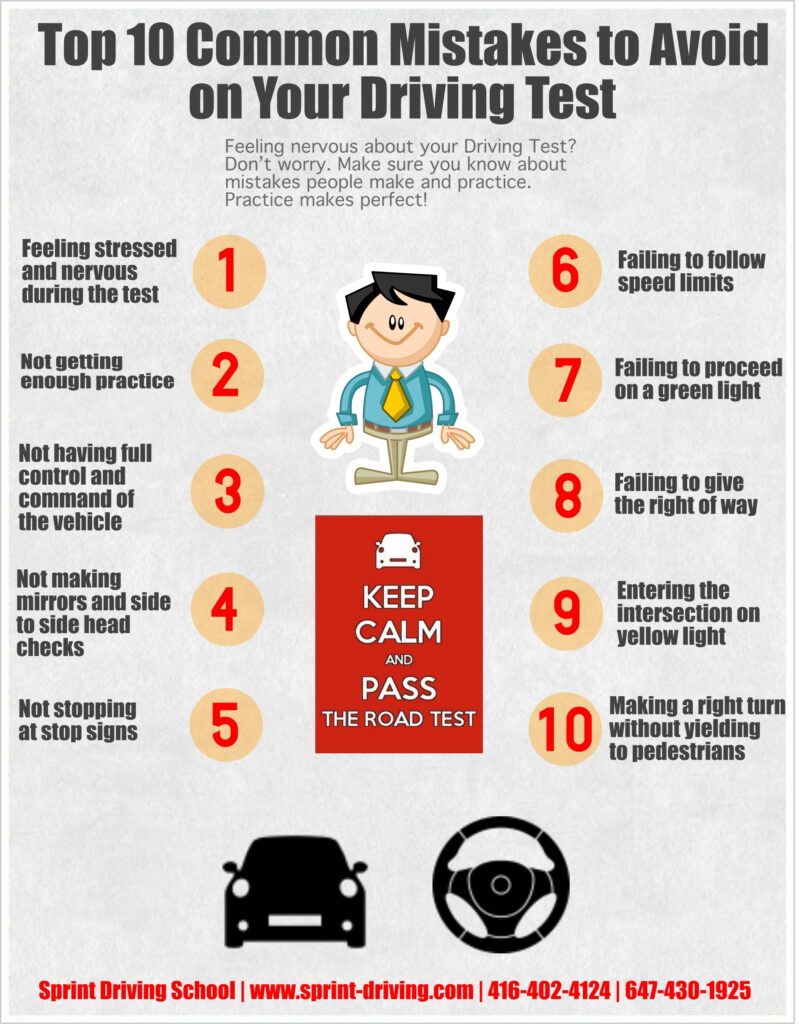Over 50% of first-time driving test candidates fail, leaving many wondering why securing a passing score is so challenging. The complexity stems from a combination of rigorous standards and extensive demand for driving tests. This licensing hurdle ensures new drivers are thoroughly prepared for safe road use.
Historically, driving tests have become more stringent to reduce road accidents. The process involves detailed practical and theoretical components, requiring candidates to demonstrate comprehensive knowledge and skills. Moreover, high booking rates and limited testing slots exacerbate the difficulty of getting a test on short notice.

Why is it so hard to get a driving test?
Securing a driving test has become increasingly difficult due to high demand. Many people want to get their license, leading to long waiting lists. Additionally, there are often not enough examiners to handle the volume of applicants, causing delays.
Another factor is the strict requirements for passing the test. The standards have risen to ensure that only well-qualified individuals are granted licenses for safety reasons. This means that both the theoretical and practical parts of the exam are more challenging.
Testing centers are also facing operational challenges. Limited resources and testing slots mean fewer opportunities for booking a test. This scarcity has made it harder for aspiring drivers to find available dates that fit their schedules.
Many regions have tried different solutions to tackle this issue. Some have added more testing dates, while others are hiring additional examiners. However, the problem persists because the number of new drivers keeps increasing.
The Impact of Increased Demand
Rising demand for driving tests has created a backlog that’s tough to manage. More people than ever want to learn to drive, adding pressure on testing centers. This surge is partly due to population growth and greater mobility needs.
With more applicants, waiting times have lengthened significantly. In some areas, candidates might wait months before securing a test date. This delay can affect personal plans and job opportunities for many individuals.
Testing centers are struggling to keep up with this demand. They need more staff and resources, but budgets are often limited. Increasing the number of available slots isn’t always possible due to these constraints.
Additionally, there is regional disparity in test availability. Urban areas might have more testing locations than rural ones, creating unequal access. This imbalance further amplifies the challenges for those seeking a driving test.
Factors Contributing to Long Waiting Times
Several reasons contribute to the long waiting times for driving tests. One major factor is the limited number of examiners available. With more people applying, the existing staff can’t keep up with the increased workload.
Another factor is scheduling constraints. Many testing centers operate on fixed hours which limits the number of tests they can conduct daily. This causes delays as slots fill up quickly, leaving applicants to wait for the next available date.
Weather conditions can also play a role in extending waiting times. Severe weather can lead to test cancellations, further delaying the process. Rescheduling these tests adds extra strain on an already busy schedule.
Lastly, there is the issue of no-show rates. Sometimes, candidates fail to show up for their scheduled tests, wasting valuable slots. This inefficiency complicates scheduling and extends waiting times for others.
The Role of Stringent Testing Standards
Stringent testing standards ensure that only competent drivers earn their licenses. This focus on safety means the tests are designed to be challenging. Candidates must demonstrate a thorough understanding of traffic rules and safe driving practices.
The written portion of the test can be very demanding. It includes questions about road signs, regulations, and scenarios that require careful thought. Many people find this part difficult, which contributes to the high failure rate.
Practical driving tests are equally rigorous. Examiners check for a wide range of skills, from basic maneuvers to complex driving situations. Even small mistakes can lead to failing the test, emphasizing the need for precision.
These high standards are in place to reduce road accidents. By making the tests tough, authorities aim to ensure that only the best-prepared drivers are on the road. This helps to improve overall traffic safety.
Adapting to these rigorous standards requires extensive practice. Many candidates invest in professional lessons to increase their chances of passing. Despite the challenges, meeting these standards is essential for safe driving.
How Testing Capacity Limits Access
Testing capacity directly affects access to driving exams. Many centers face limitations on how many tests they can conduct each day. This restriction is due to available resources and staffing levels.
Limited capacity means fewer slots for applicants to book. High demand quickly fills these slots, creating long waiting lists. As a result, candidates often struggle to secure a convenient test date.
In rural areas, the problem can be even worse. These regions typically have fewer testing centers, leading to more significant delays. Residents might have to travel long distances just to take their driving test.
Efforts to increase testing capacity include hiring more examiners. Some regions are also extending testing hours to accommodate more candidates. However, these solutions are not always feasible due to budget constraints.
Technology might offer a solution to this issue. Some centers are beginning to use virtual testing for certain parts of the exam. This approach can help reduce wait times and make the process more efficient.
Potential Solutions to Ease the Testing Burden
To tackle the testing burden, increasing the number of available test slots is one approach. Hiring more driving examiners can help alleviate the pressure. With additional examiners, more tests can be conducted daily.
Opening new testing centers can also make a significant difference. This expansion would provide more locations for candidates, reducing travel distances and wait times. Rural areas, in particular, would benefit from added sites.
Incorporating technology into the testing process offers another potential solution. Virtual driving simulations could assess certain skills, easing the examiner’s workload. This method can enhance efficiency and reduce overall wait times.
Flexible scheduling is another effective strategy. Extending operating hours or adding weekend slots can accommodate more candidates. This change would offer convenience and help clear the backlog faster.
Implementing a cancellation list could maximize the use of available slots. When someone cancels, another candidate on the list could take that spot. This approach minimizes wasted slots and helps manage demand effectively.
Conclusion
In summary, the difficulty of obtaining a driving test stems from high demand, stringent standards, and limited testing capacity. Addressing these issues requires a multifaceted approach. Solutions such as hiring more examiners and using technology can alleviate some of the burden.
Improving access and reducing wait times will make the process smoother for aspiring drivers. With these changes, we can ensure that driver safety remains a priority. Ultimately, a balanced approach will benefit both the testing system and new drivers.

